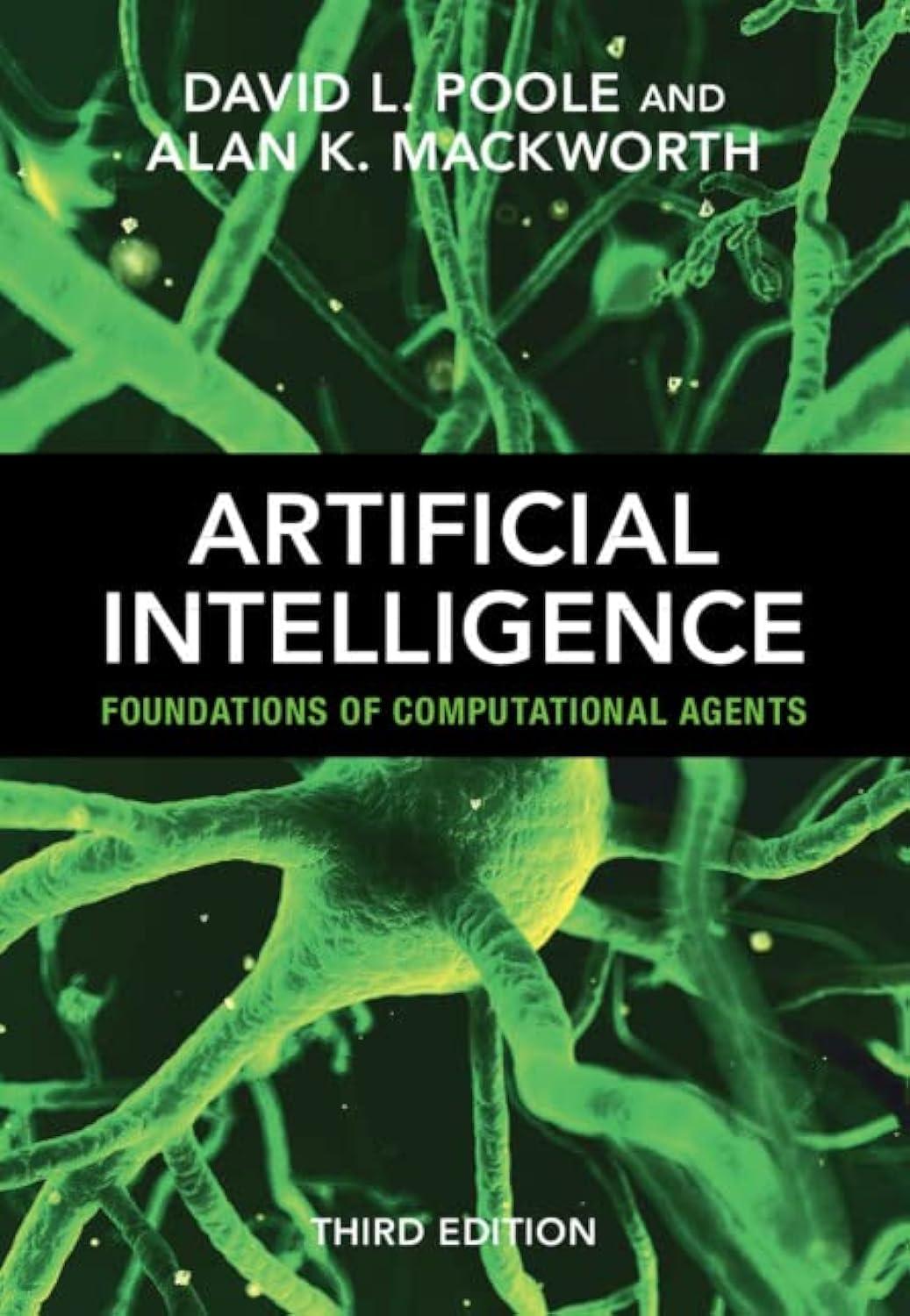Given the parameterizations of Example 7.22 (page 316): (a) When the features are a, b, and c,
Question:
Given the parameterizations of Example 7.22 (page 316):
(a) When the features are
a, b, and
c, what decision tree will the decision-tree learning algorithm find to represent t (assuming it maximizes information gain and only stops when all examples at a leaf agree)?
(b) When the features are
a, b, and
c, what is a smallest decision tree that can represent t? How does this compare to using x, y, and z.
(c) How can x, y, and z be defined in terms of
a, b, and c?
Fantastic news! We've Found the answer you've been seeking!
Step by Step Answer:
Related Book For 

Artificial Intelligence: Foundations Of Computational Agents
ISBN: 9781009258197
3rd Edition
Authors: David L. Poole , Alan K. Mackworth
Question Posted:






